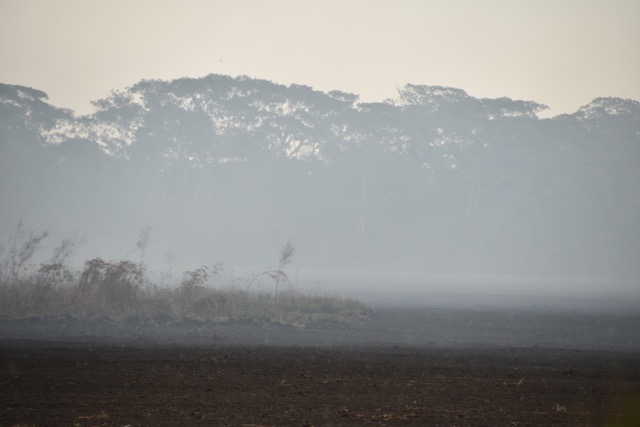
As I write this (I’m in Bolivia) there are fires raging out of control in large parts of the Bolivian and Brazilian Amazon rainforests. Meanwhile, I have been in our communities which are in the jungle area of Bolivia and was struck again, as I am every year, at how much forest gets cut and burned between my visits. Roads that just three years ago were lined with thick forestation and abundant wildlife have been carved back and replaced by massive clear-cut fields still smoldering from the burning trees.
When I was in Las Palmeras I walked out of the village along what was once a jungle path and is now a dirt road to the edge of the latest clearcut. The field still had smoke coming off of the soil and a few birds flew by likely wondering what the f*** was going on.
I felt like walking up to the wall of trees, awaiting their turn, and apologizing to them.
These communities have been incented to clear the forest. Often they come from other areas of Bolivia and when they clear and plant they are “given” the land. The demand for the products (mostly soy and livestock) comes from outside this country so obviously the blame is not on them. (For a good recent article on the environmental impact of the beef industry see: https://www.newyorker.com/magazine/2019/09/30/can-a-burger-help-solve-climate-change)
Walking amidst this devastation is heartbreaking and beyond motivating change in my habits back home it further inspires me to ramp up the “environmental values” component of our curriculum here. We have a few lessons that attempt to impart these values and we also assume that our focus on celebrating local indigenous culture and place will lead to an appreciation for the environment.
But I think we can do more.
Alan
